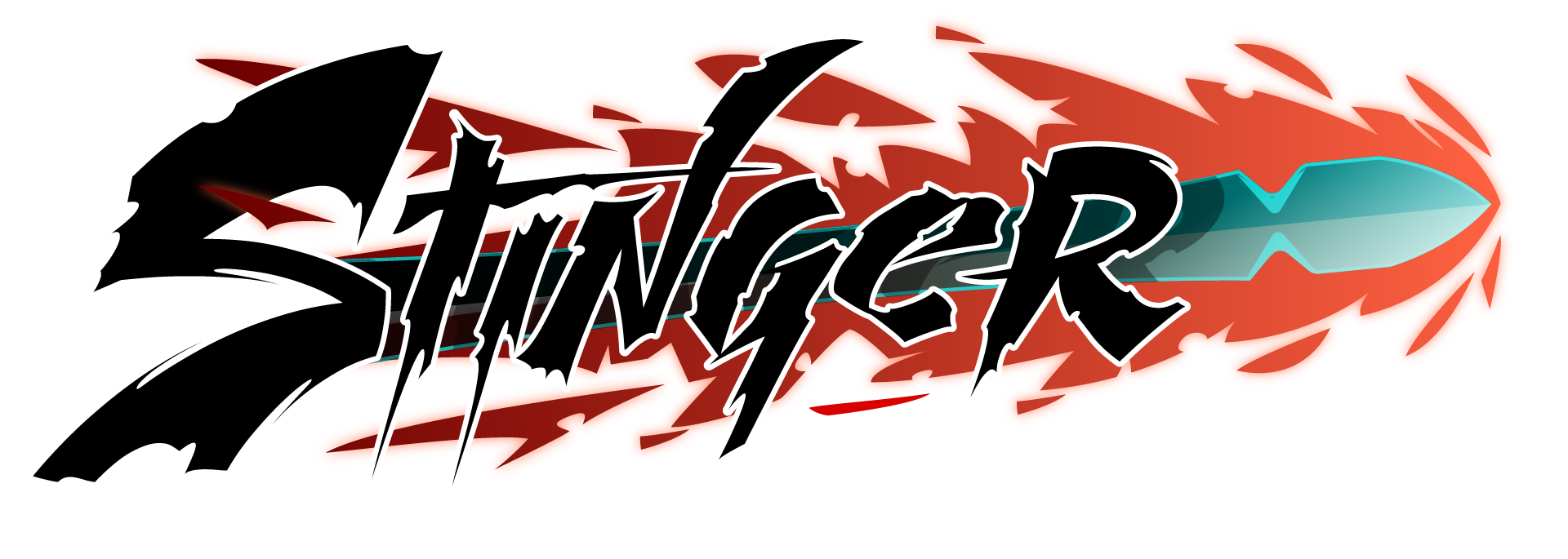Ninja Gaiden 3 | Burning ambition
February 13, 2020
History has a way of repeating itself. 1991 saw the release of Ninja Gaiden III: The Ancient Ship of Doom on the NES with new developer Masato Kato at the helm. After being the writer and graphic designer on the previous titles, he now sought to bring something new to the series.
Kato wanted to share the notoriously difficult games with more players, feeling it needed to go into a new direction to be “a game a normal player can enjoy”.
Fast forward more than twenty years and we’re at a time where the new Ninja Gaiden series is about to reach its third title as well, helmed by two designers who had previously also worked in the shadows. Fumihiko Yasuda, level designer of Ninja Gaiden II, and Yosuke Hayashi, programmer for Ninja Gaiden and director of the series’ Sigma remakes.
However, with a great history comes a great shadow. The original Team Ninja had set the bar high with Ninja Gaiden Black and Ninja Gaiden II -there was a lot to live up to and with a mostly new team no less.
Ninja Gaiden 3 would be their first real title where they could be free, without bounds, to make what they truly wanted. A new Ninja Gaiden. And joining them to write the game’s tale … none other than the aforementioned Masato Kato. Their goal?
To take the series in a new direction.
History has a way of repeating itself.
What lessons can Action games learn from classic DOOM?
November 11, 2019
A question: how many games can you think of that were once so popular, it was installed on more computers than Microsoft Windows?
Due to its success and subsequent impact, DOOMhas been analysed for nearly twenty-five years and counting. Each study aims to further unravel what made the 1993 title plus its expansion packs and sequel, tick. From its technical achievements, appreciation for speedrunning and modding to its level design – there’s plenty to cover. More than any single article can encompass.
Instead of adding to this ongoing master thesis of DOOM, let’s turn it around and examine what lessons Action games can take from it, good and bad.
Dante's Inferno: mere clone, or something much more?
September 26, 2019
Dante Alighieri’s Inferno tells of one’s journey through Hell. In the poem the abyss is depicted as nine circles of torment located within the Earth, each layer in dedication to a sin: lust, gluttony, greed,…
Star Wars: The Force Unleashed | Paving the way forward
July 31, 2019
It is the summer of 2004. The film Star Wars: Episode II – Attack of the Clones, by George Lucas and Jonathan Hales, has come and gone. Despite its mixed reaction, people now await the…
忍Shinobi: Is Less Truly More?
April 22, 2019
When an attack hits the enemy, he dies – it should be as simple as that… yet it rarely is. Architect Ludwig Mies van der Rohe, when describing the look and feel of his designs, noted the motto “less is more”. He used only the absolute necessities, with each part of his constructs having more than a single use. It is a working method that lives in all crafts, so what about Action Games?
With each game we’ve been looking for the depth, the variation, the combination of attacks and how it all works in complex ways to motivate us: but what if a game strove to do the opposite, how would that work? Maybe 忍Shinobi for the Playstation 2 is one such game.
As a series 忍Shinobi has been a long running SEGA franchise. While not as big as Sonic The Hedgehog, it has had nine titles released before Overworks took the series in a new direction hoping to leave a mark on the newly released Sega Dreamcast. Focusing on a new character and world this title was to usher in a new era of action games. Sadly due to the downfall of the Dreamcast, production was shifted to the Playstation 2 resulting in a delayed release. In the meantime Devil May Cry would instead make its mark on the genre, leaving 忍Shinobi to finally release one year later in November of 2002, greeted by silence.
Fist of the North Star: Lost Paradise
April 9, 2019
When giving a product form, one always envisions an audience in their mind’s eye. One that will later look at it with great desire. On rare occasions though, that desire isn’t from a single big audience but from various smaller groups. Fist of the North Star: Lost Paradise (Hokuto ga Gotoku, 北斗が如く) is one such title.
Based on the manga from 1983 by artist Tetsuo Hara, writer Yoshiyuki “Buronson” Okamura
and editor Nobuhiko “Mad Holy” Horie, The Fist of the North Star brand is a property that enjoys big popularity across the world, thanks in part to its highly detailed, gorey and powerful artwork, especially for a weekly comic.
With a new game on the horizon, made by Ryu ga Gotoku Studios – known for the Yakuza a series – for such a famous franchise, people from numerous fan bases were bound to be interested. They are…
Weapon-switching | quality or quantity?
March 20, 2019
When a review begins by saying: “the game lacks combat-options or depth”, it is generally the first one nail in the coffin for action titles, while it often isn’t even the case. A mechanic like allowing the player to switch between weapons, abilities or even complete move-sets on the fly has to fit the vision of the game to be work. Thus it needs careful consideration. Games like Bayonetta offer a huge variety of weapon combinations to the player, while others like Killer is Dead only have a single weapon. One can assume the former is better but it goes much further than that.
Ninja Gaiden Sigma 2 | a touch úp
February 12, 2019
This article is a follow-up to the previous article focusing on Ninja Gaiden II and its development that you can read here and here. Happy reading! Late at night after a hard week’s work Team…

